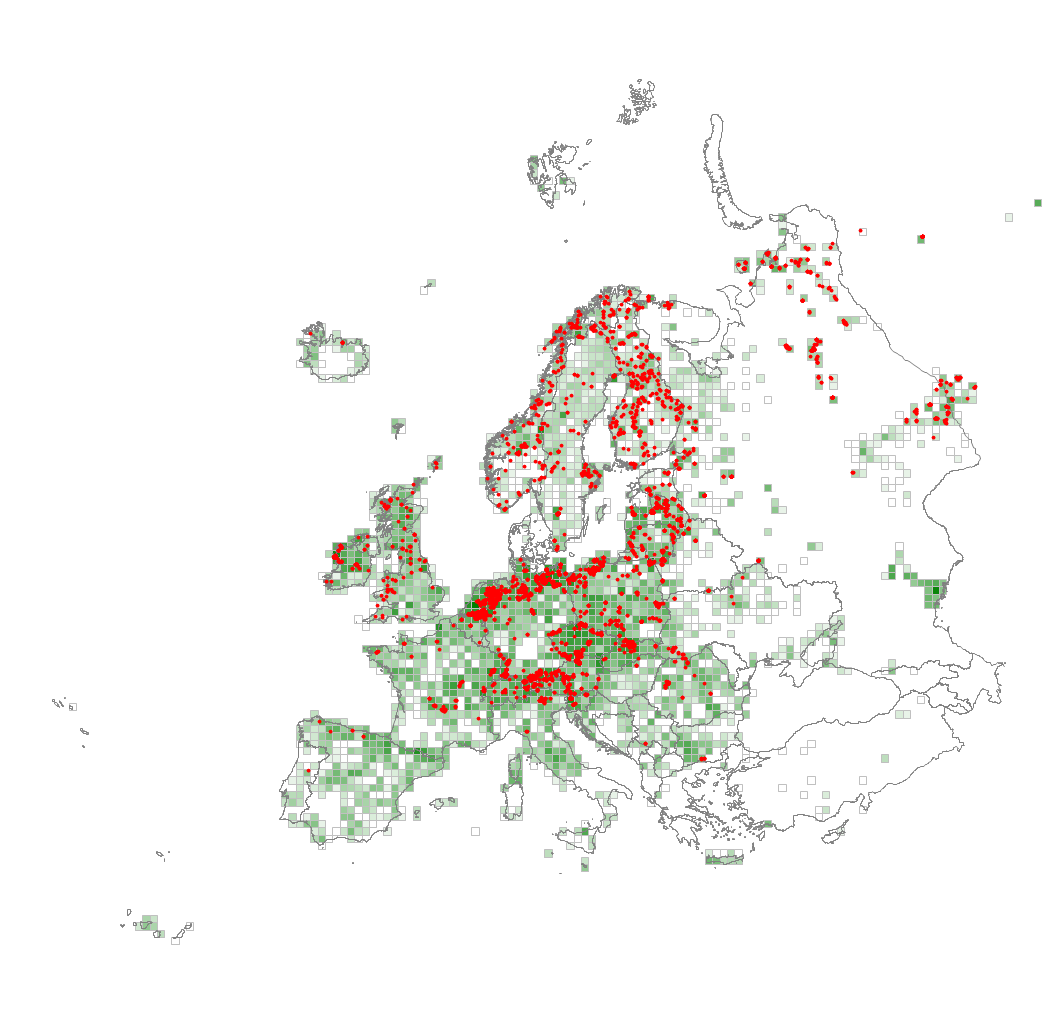Q25 Non-calcareous quaking mire
This habitat develops by terrestrialisation of open water through the outgrowth of sodden floating rafts of vegetation and accumulating peat from the margins of acidic lakes and ponds, the whole forming a flat quaking surface. It is widely distributed through Europe, though usually highly localised, with the largest areas reported from the Nordic countries. On the matted carpets of sedges and other vascular plants typical of minerotrophic situations, sphagna, other mosses and often abundant liverworts develop, thicker stretches sometimes forming irregular ombrotrophic hummocks. The main threat for such mires is drainage, leading quickly and often irreversibly to the development of other habitats, like poor fens. Quaking areas in percolation mires (which have a much higher species richness) need a very long time to regenerate after rewetting if the regulatory mechanism of the peat body has been destroyed by drainage.
Chytrý M., Tichý L., Hennekens S.M., Knollová I., Janssen J.A.M., Rodwell J.S. … Schaminée J.H.J. (2020) EUNIS Habitat Classification: expert system, characteristic species combinations and distribution maps of European habitats. Applied Vegetation Science 23: 648–675. https://doi.org/10.1111/avsc.12519
Version 2025-10-03, https://doi.org/10.5281/zenodo.16895007.
For the official presentation of the EUNIS Habitat Classification from the European Environment Agency, please see: EUNIS Terrestrial Habitat Classification 2021. The FloraVeg.EU presentation may show modifications and partial updates to the habitat classification.
